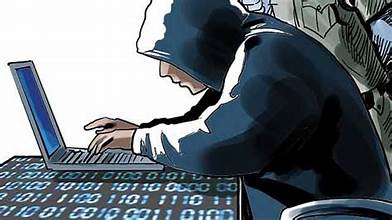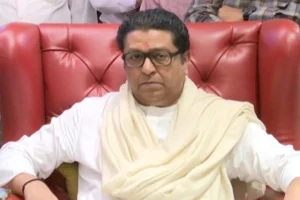The Unprecedented Challenge of COVID-19
The COVID-19 pandemic posed one of the greatest challenges in history for Maharashtra’s police and prison systems. As the frontline enforcers of law and order, they bore the brunt of enforcing lockdowns while also safeguarding their own ranks from the virus. Meanwhile, prisons faced the daunting task of controlling the virus within overcrowded and confined spaces. This article revisits the immense struggles they faced and the key lessons learned.
The Police Force: Enforcing Lockdowns and Ensuring Public Safety
Maharashtra’s police played a crucial role in enforcing pandemic restrictions, managing crowds at hospitals, safeguarding healthcare workers, and overseeing the movement of migrant workers. Their duties extended beyond law enforcement to ensuring the uninterrupted supply of essential goods and services.
Unprepared Yet Committed
An IPS officer from Pune recalled, “The police force was simply not prepared for such a crisis. Unlike healthcare workers, we lacked training and proper equipment. Social distancing was impossible as we were constantly managing crowds at roads, hospitals, railway stations, isolation centers, and crematoriums.”
Devastating Toll on Police Personnel
With Maharashtra among the worst-hit states, its police force suffered significant losses. According to data from the Indian Police Foundation, over 48,600 personnel tested positive, and 490 officers lost their lives. Nationwide, more than 2.1 lakh police personnel were affected, and over 2,100 succumbed to the virus.
Key Lessons Learned
A retired Assistant Commissioner of Police highlighted two critical takeaways:
- Better Preparedness – The police force needs better training and resources for handling future health crises.
- Shared Responsibilities – The burden on police personnel must be distributed through better coordination with other agencies.
Despite the overwhelming challenges, Maharashtra’s police remained committed to their duties, prioritizing public safety even at great personal risk.
Prisons: Managing Overcrowding and Containing the Virus
Maharashtra’s prisons, already suffering from severe overcrowding, faced an even greater risk of rapid infection spread. With limited healthcare facilities, the prison department had to act swiftly to prevent large-scale outbreaks.
Emergency Release of Inmates
To curb overcrowding, the state government initiated ‘decarceration’—a process of reducing prison populations. A Supreme Court-mandated High-Powered Committee (HPC) outlined criteria for releasing non-violent offenders on parole or bail. As a result, over 5,200 inmates were temporarily released during the two pandemic waves.
Establishment of Temporary Prisons
To further control the spread, the government set up 41 temporary prison facilities in schools, colleges, and hostels. These facilities housed new admissions, and inmates showing symptoms were isolated there before entering the main prison population.
COVID-19 Impact on Prisons
At the peak of the crisis, Maharashtra’s prisons housed around 33,000 inmates, with approximately 4,000 testing positive. The prison department reported 14 inmate deaths and nine staff fatalities.
Future Considerations
A senior prison officer stated, “The pandemic highlighted the urgent need to decongest prisons and establish clear protocols for handling infectious disease outbreaks. While SOPs have been created, reducing overcrowding remains an ongoing challenge.”
Conclusion: Strengthening Maharashtra’s Law and Order Systems
The COVID-19 pandemic exposed vulnerabilities within Maharashtra’s police and prison systems. However, it also underscored the resilience of law enforcement and the necessity of long-term reforms. Investing in better training, equipment, and decongestion strategies will ensure these critical institutions are better prepared for future crises.






